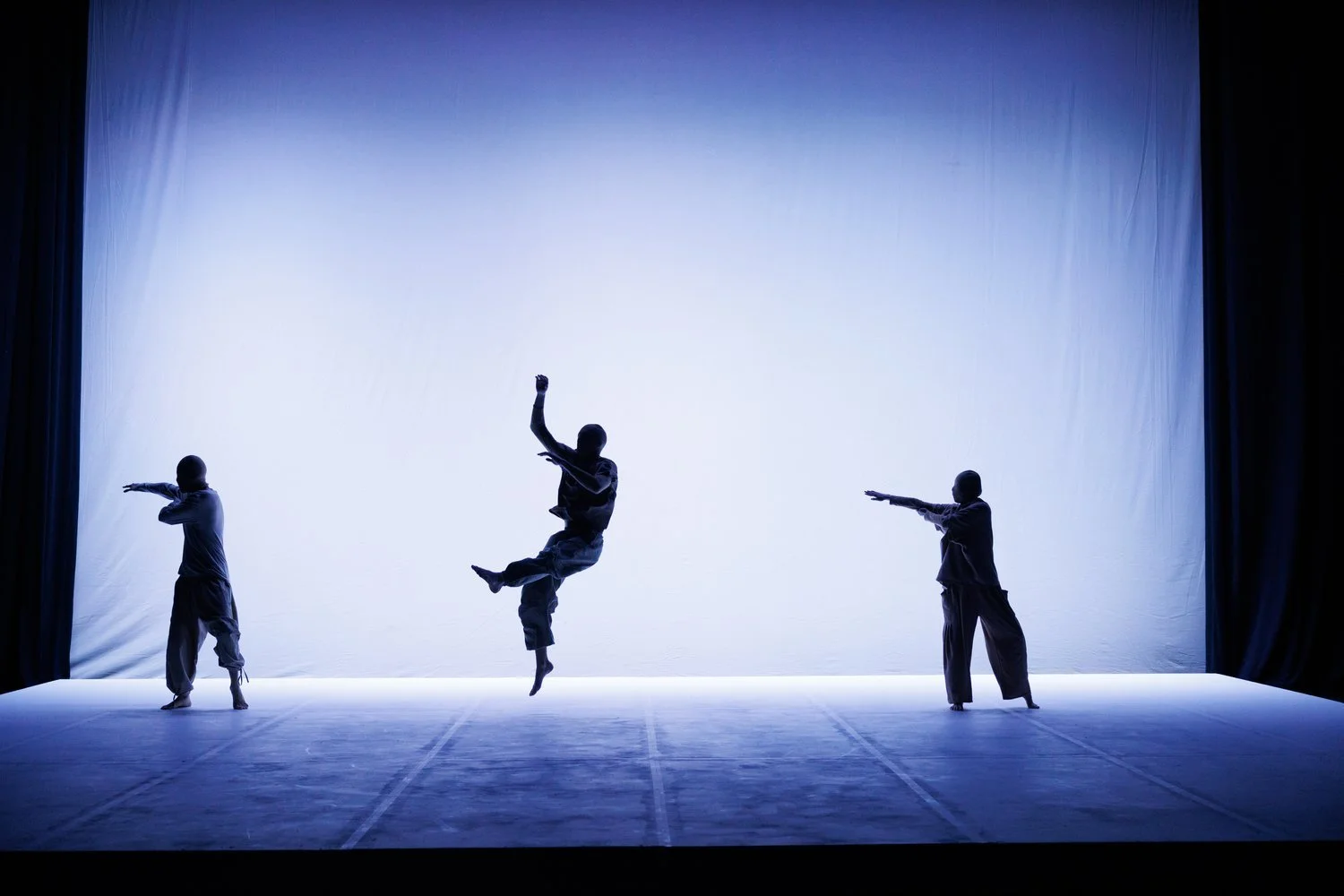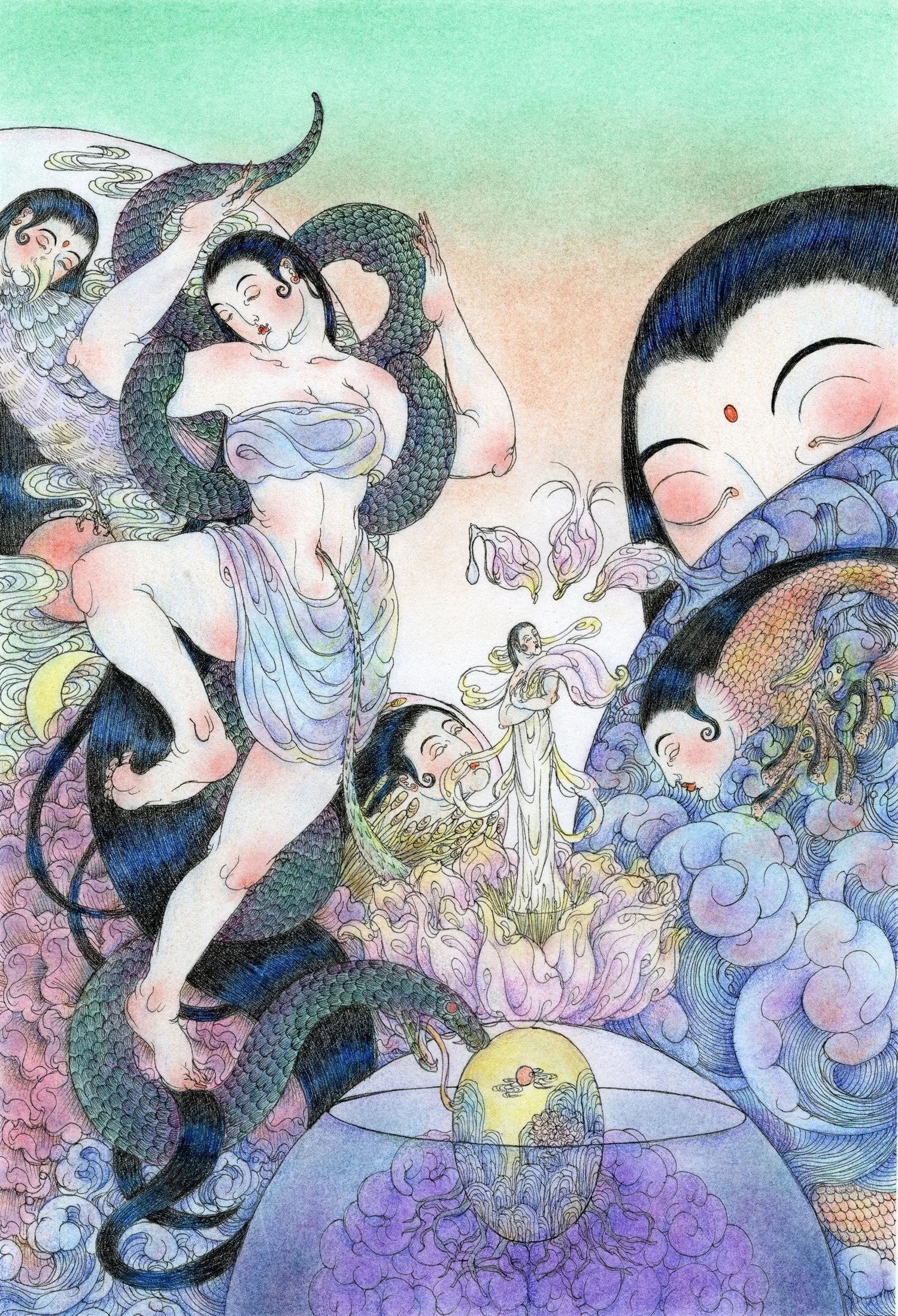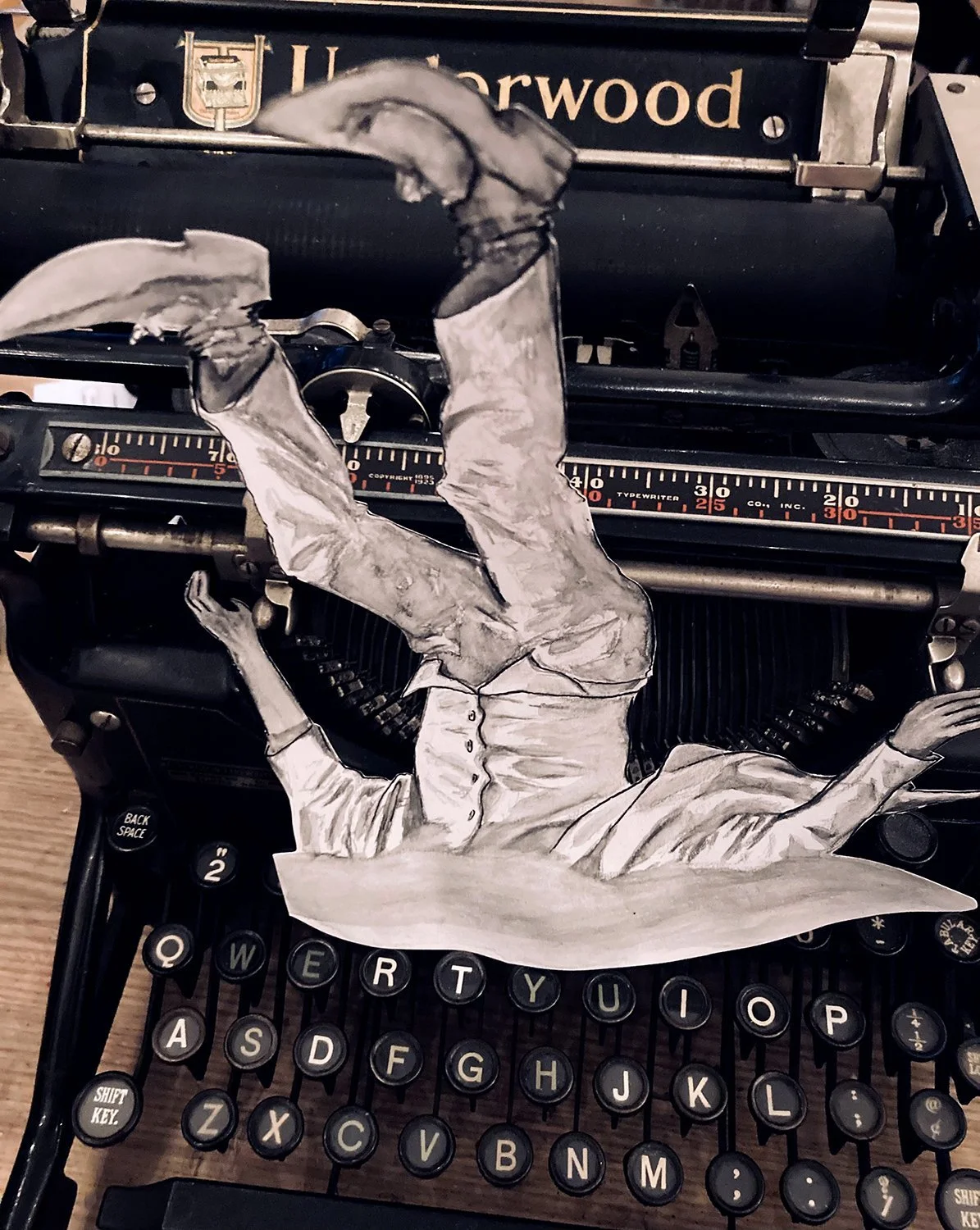INTERVIEW | Meicheng Chi
Meicheng Chi 迟美橙 is a multidisciplinary artist and designer currently based in New York. Her creative practice transcends conventional boundaries, allowing her to explore emotional and material connections across different mediums. Through her artworks, Meicheng taps into deeply personal experiences and dreamlike states, creating pieces that resonate with softness and emotional depth.































